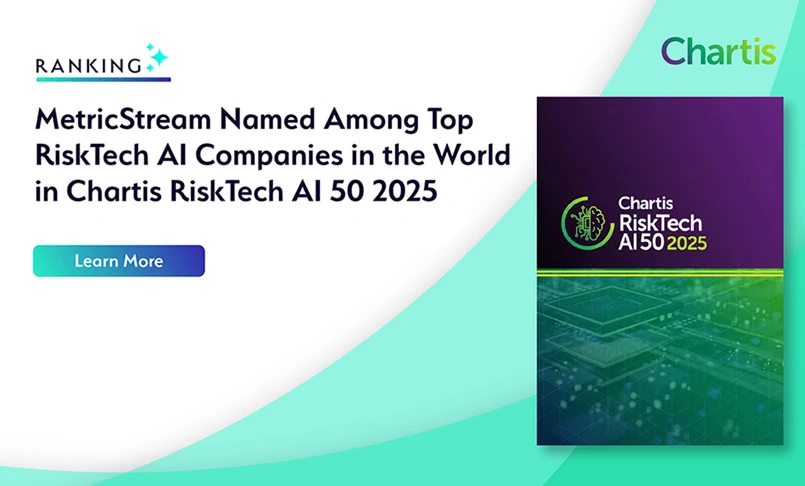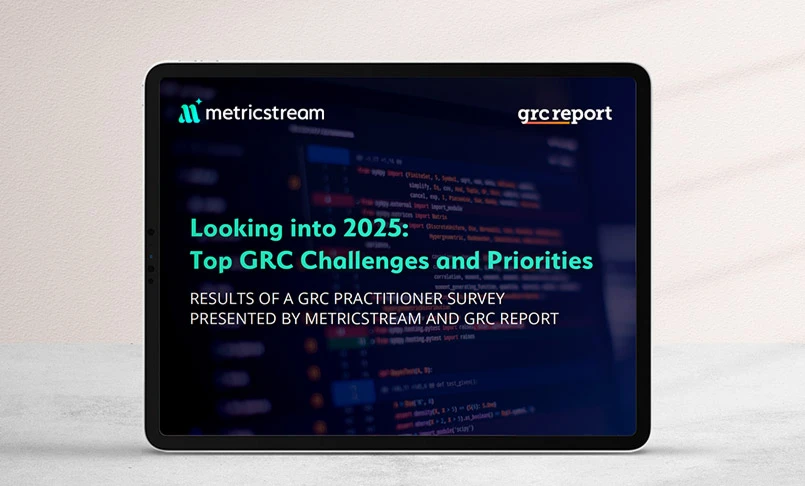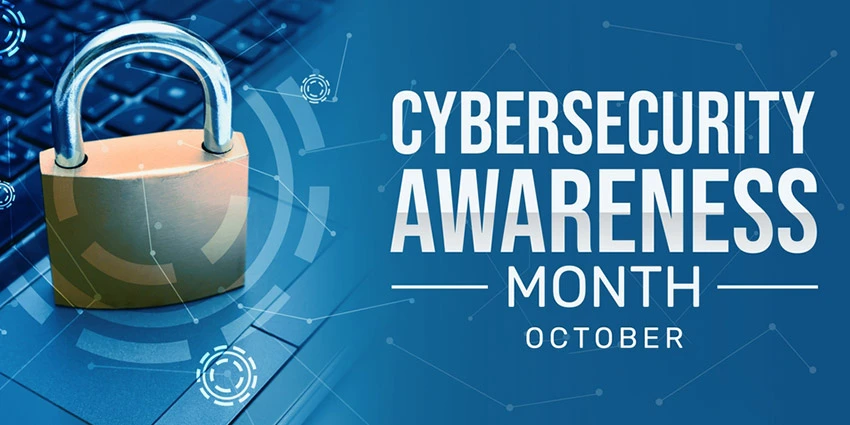Cloud Security Risks 2025: What You Need to Know to Stay Safe
- IT Risk & Cyber Risk
- 02 May 24

Introduction
As businesses increasingly adopt cloud technology for its scalability, cost-effectiveness, and convenience, they also face new vulnerabilities—collectively known as cloud security risks. These risks refer to weaknesses in cloud infrastructure that attackers could exploit, potentially leading to data breaches, unauthorized access, service disruptions, and compliance violations. The complexity grows when organizations operate across multiple and diverse cloud environments, making effective monitoring and risk management a shared responsibility among security, IT, DevOps, and risk management teams.
To navigate this landscape, it’s important to distinguish between three key concepts. Risks are the potential for threats to exploit vulnerabilities and impact the business. Threats are events—intentional or accidental—that can exploit these vulnerabilities to steal, damage, or disrupt assets. Challenges represent the broader difficulties of securing cloud environments, from technical limitations to regulatory compliance and skill shortages. Together, these factors create a dynamic security environment that organizations must actively monitor and manage to safeguard their cloud operations.
What is a Cloud Security Risk?
Cloud security risks cover numerous weaknesses and threats that can endanger the confidentiality, integrity, and availability of data and applications hosted in the cloud. Typical examples include misconfigured settings, data leaks, compromised accounts, insider misuse, and vulnerable or poorly secured APIs.
Top 10 Cloud Security Risks
Here are the top 10 cloud security risks faced by organizations today:
1. Misconfiguration and Inadequate Change Control
One of the most pervasive cloud security risks is misconfiguration. As cloud environments become more complex and intertwined, the chances of leaving a virtual door open increase. Misconfigurations can occur at any level—from storage buckets unintentionally set to public, to unsecured API endpoints or improper security group settings. These oversights provide attackers with easy entry points. Without strong change control mechanisms and regular configuration audits, sensitive data or resources can be exposed inadvertently.
2. Insecure Interfaces and APIs
APIs and interfaces are the backbone of cloud services, enabling communication between systems and users. However, their accessibility makes them attractive targets for attackers. Poorly secured APIs can result in unauthorized access, service manipulation, or data leakage. To prevent this, organizations need strong authentication, encryption, and continuous vulnerability testing.
3. Account Hijacking
Cloud accounts often hold the keys to critical data and systems. If attackers manage to steal login credentials, they can misuse cloud resources, exfiltrate sensitive information, and even impersonate employees. Account hijacking can lead to identity theft, fraud, and long-term compromise if undetected. Multi-factor authentication (MFA), session monitoring, and identity protection are essential safeguards.
4. Insider Threats
The human element remains a major vulnerability. Insiders—whether careless employees or disgruntled staff with privileged access—pose risks ranging from accidental missteps to intentional sabotage. Because insiders often have elevated privileges, they can cause significant damage, including data theft or service disruption. Regular training, access restrictions, and monitoring privileged activities are critical countermeasures.
5. Data Breaches and Data Loss
Sensitive data stored in the cloud is a prime target. Breaches may occur through unauthorized access, malware attacks, or accidental exposure, while data loss can result from system failures, mismanagement, or disasters. Both scenarios can bring financial losses, legal consequences, and reputational harm. Data encryption, backups, and strong disaster recovery planning are vital defenses.
6. Limited Visibility and Shadow IT
As organizations adopt multi-cloud and hybrid environments, IT teams often lose visibility into all deployed resources. Employees may use unsanctioned cloud applications (“shadow IT”), creating blind spots that weaken security posture. Limited visibility makes it harder to detect vulnerabilities, enforce policies, or respond to incidents. Centralized monitoring and governance tools can help restore oversight.
7. Denial-of-Service (DoS) and Distributed Denial-of-Service (DDoS) Attacks
Cloud services are highly dependent on availability, making them prime targets for DoS and DDoS attacks. Such attacks flood systems with illegitimate traffic, causing outages, degraded performance, and disrupted business operations. While cloud providers often offer native protections, businesses must implement additional safeguards like traffic filtering, load balancing, and automated response systems.
8. Compliance and Regulatory Violations
Cloud environments often span multiple jurisdictions with varying data privacy laws (e.g., GDPR, HIPAA). A lack of compliance monitoring can lead to violations, hefty fines, and reputational damage. Organizations must ensure their cloud configurations align with regulatory frameworks and continuously monitor compliance status. Platforms like MetricStream help centralize compliance management and reporting.
9. Supply Chain Vulnerabilities
Cloud security isn’t limited to internal defenses—it also depends on third-party providers and partners. Vulnerabilities in the supply chain, such as insecure vendor software, compromised updates, or weak partner controls, can cascade into an organization’s environment. Assessing vendor security practices, conducting audits, and enforcing supply chain risk management policies are crucial.
10. Inadequate Incident Response and Recovery
Even the most secure cloud environments are not immune to breaches or failures. Organizations without a strong incident response plan may face delayed detection, poor coordination, and extended downtime during attacks. Inadequate recovery strategies also increase the risk of permanent data loss or regulatory fallout. Proactive incident response playbooks, forensic readiness, and regular disaster recovery tests ensure resilience.
5 Recent Cloud Security Threats
Here are 5 of the most significant recent cloud security threats organizations must be aware of:
1. AI-Powered Attacks & Deepfake Phishing
Cybercriminals are leveraging generative AI to create highly personalized phishing campaigns—often using realistic deepfake audio, video, and text—to bypass security filters and trick even vigilant users. This sophisticated social engineering has become a top cloud threat in 2025.
2. Massive DDoS Attacks via Cloud Infrastructure
Cloud environments are now being co-opted to power record-setting distributed denial-of-service (DDoS) attacks. Notably, Cloudflare recently thwarted an unprecedented 11.5 Tbps attack originating from a botnet of hijacked IoT and cloud devices. These large-scale incidents pose growing risks to global internet infrastructure.
3. Surge in Cloud-Based Ransomware (RaaS)
Ransomware-as-a-Service (RaaS) attacks targeting cloud workloads have surged—increasing fourfold in 2024. Cybercriminals exploit AI and automation to conduct rapid, stealthy extortion campaigns, emphasizing the need for immutable backups, AI-powered threat detection, and solid incident response protocols.
4. Supply Chain Breaches via SaaS Providers
Attackers are increasingly exploiting vulnerabilities in SaaS and cloud service providers. The "Murky Panda" group, for example, used zero-day flaws to infiltrate a provider and pivot into multiple customer networks—highlighting the wide-reaching impact of vendor-targeted attacks.
5. Credential Compromise Through Public Code Repositories
An uptick in the exposure of non-human credentials—such as API keys and OAuth tokens—has been traced to public code repositories like GitHub. Automated bots now scan these sources to harvest credentials, granting attackers programmatic access to cloud environments and enabling lateral movement.
Why These Threats Matter Now
- AI-driven social engineering challenges traditional defenses by outpacing human detection.
- Cloud-powered DDoS demonstrates how adversaries exploit vast compute resources to amplify attacks.
- Ransomware targeting cloud services demands robust resilience planning.
- Supply chain vulnerabilities underscore the importance of securing entire ecosystems—not just individual systems.
- Token leaks from repositories emphasize the need for credential hygiene and automated secret management.
Top 5 Challenges in Cloud Security
Organizations face a number of challenges in their effort to strengthen the security of their cloud environment. Here are the top five challenges:
Lack of Cloud Security and Skills
One of the biggest challenges that organizations face in cloud security is the lack of knowledge and skills required to implement and maintain robust security measures. In most cases, companies do not have dedicated security teams for cloud infrastructure, which leads to a lack of awareness of potential risks and security vulnerabilities. Furthermore, companies often struggle to find qualified personnel to fill security roles due to the ongoing shortage of skilled cybersecurity professionals.
Shadow IT
Shadow IT refers to the use of unauthorized applications and services by employees without the knowledge or approval of the IT department. This practice is becoming increasingly common, and it poses significant risks to cloud security. Shadow IT often circumvents security controls and creates security vulnerabilities. Companies often have limited visibility and control over these applications, which can result in a lack of control over sensitive data.
Identity and Access Management
Organizations must implement access controls to regulate the flow of information within and outside the organization. Unfortunately, access management can be challenging to implement in a cloud environment where users and applications can access resources from multiple locations. Misconfiguration, weak passwords, and authentication failures are common vulnerabilities that cyber attackers leverage to compromise systems.
Managing a Rapidly Evolving Attack Surface
The dynamic nature of cloud environments, characterized by frequent updates, deployments, and configuration changes, creates new opportunities for cyber attackers. Traditional security measures designed for static on-premises environments may prove inadequate in the face of these dynamic threats. Also, the increasing adoption of DevOps practices and continuous integration/continuous deployment (CI/CD) pipelines further amplifies the challenge by accelerating the pace of change.
Multi-Cloud Security
The adoption of multi-cloud environments, where organizations utilize services from multiple cloud providers, introduces unique security challenges. Managing security across diverse cloud platforms requires a comprehensive understanding of each provider's security offerings, compliance requirements, and integration capabilities. Moreover, interoperability issues, data migration challenges, and differences in governance models between cloud providers can complicate security management efforts.
Tips to Strengthen Cloud Security
Here are the key measures that organizations need to implement to strengthen their cloud security posture:
- Adopt Data Encryption Practices: Encrypt your data at rest and in transit. Utilizing strong encryption algorithms helps safeguard your data from eavesdropping and unauthorized access, ensuring that even in the event of a data breach, the information remains unintelligible to the attackers.
- Regularly Monitor and Audit Cloud Environments: Continuous monitoring can quickly flag unauthorized activity or vulnerabilities. Automating these efforts through solutions like MetricStream, which provides real-time visibility and centralized reporting, enables early anomaly detection and a faster response to mitigate risks.
- Adopt a Zero-Trust Security Model: Operate under the assumption that threats can originate from anywhere, and nothing should be trusted implicitly. A zero-trust approach necessitates strict identity verification for every person and device attempting to access resources in the cloud, providing a more granular level of security control.
- Embrace a Culture of Security Awareness: Human error remains one of the weakest links in cloud security. Educating your workforce about phishing schemes, safe online practices, and the importance of using strong passwords can drastically reduce the risk of security breaches.
The future of cloud security is uncertain but exciting. As companies continue shifting more data and services to the cloud, threats are evolving rapidly. However, by staying up to date with trends, learning from past errors, and making security a significant priority, organizations can thrive in the cloud. The payoff is peace of mind knowing your data is fortified behind impenetrable defenses.
MetricStream helps organizations across industries manage IT and cyber risks and compliance processes in a holistic, proactive, and integrated manner. To learn how MetricStream can help you implement industry best practices for Cyber governance, risk management, and compliance (CyberGRC), request a personalized demo today.
Frequently Asked Questions
What are the advanced cloud security challenges?
Advanced challenges include securing multi-cloud environments, managing identity and access at scale, mitigating insider threats, ensuring regulatory compliance, and defending against sophisticated attacks like zero-day exploits and APTs.
What are the 5 cyber security risks?
The five common risks are malware, phishing, ransomware, insider threats, and denial-of-service (DoS) attacks.
What are the types of cloud security?
Cloud security includes data protection, identity and access management (IAM), threat detection and prevention, compliance management, and infrastructure security.








